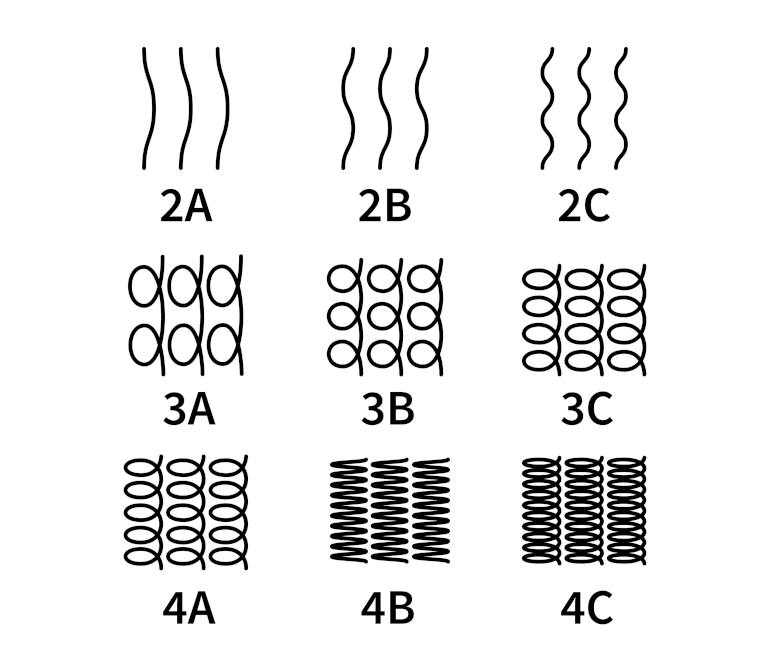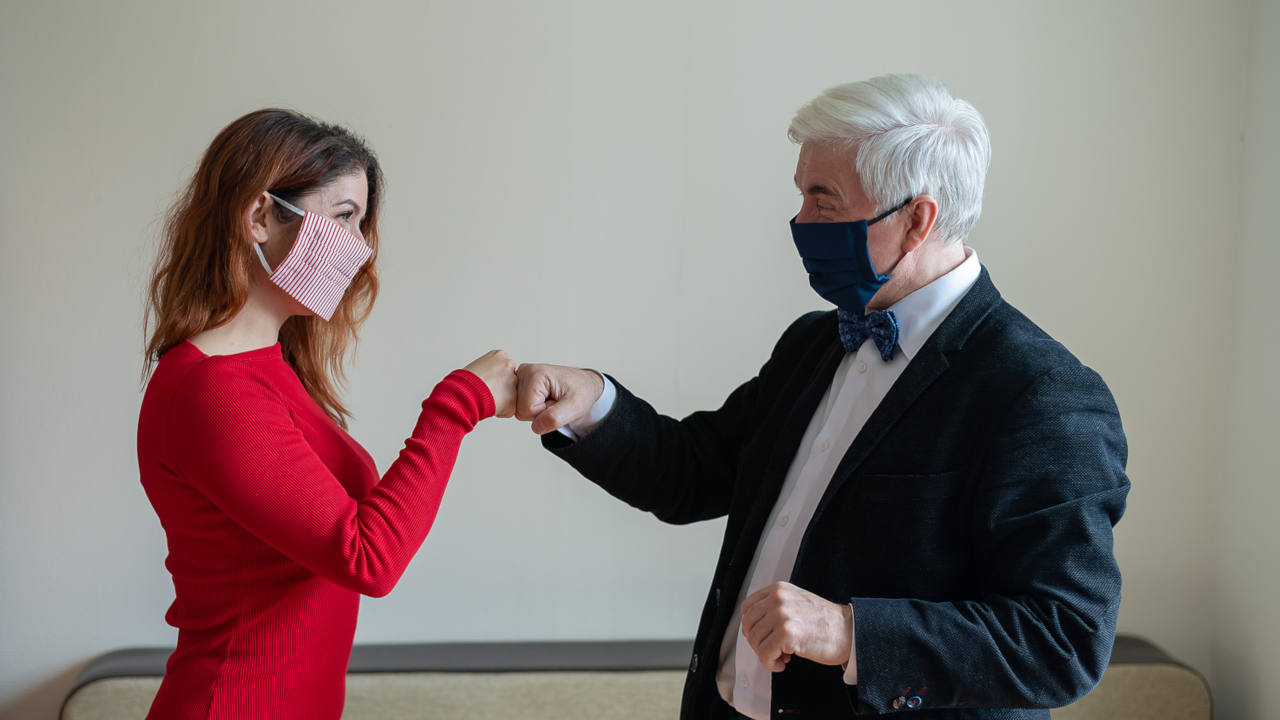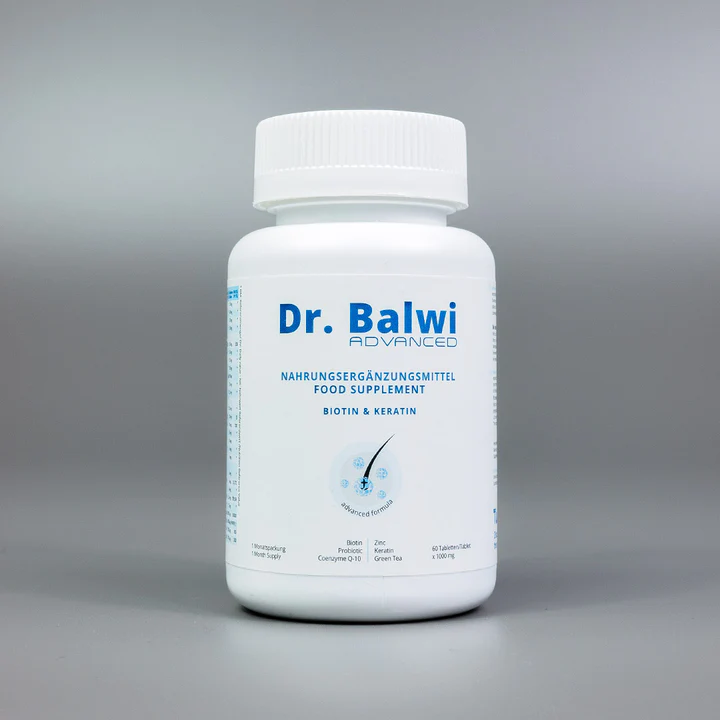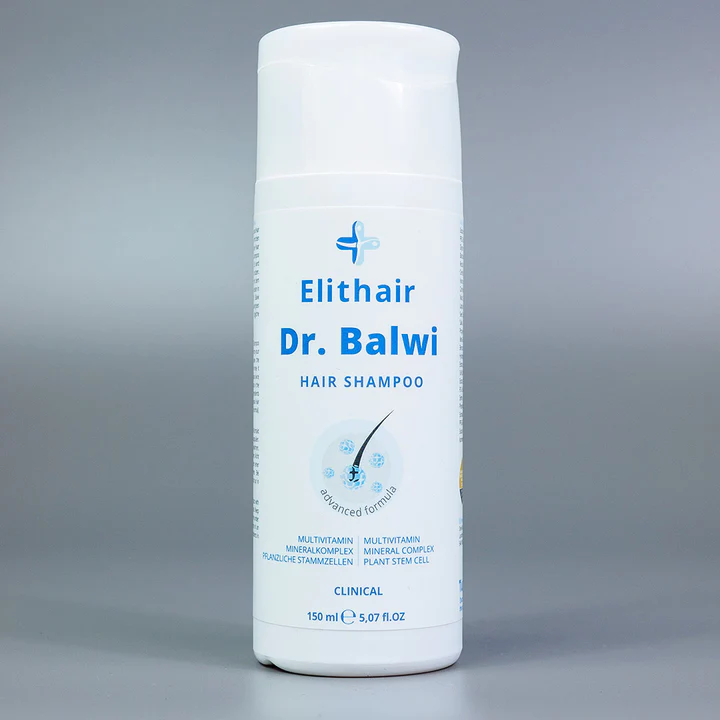
How can you determine your hair type?
Hair care products have currently become an industry in themselves since a majority of the population has some issue with their hair from frizz to loss of volume, split ends and stunted hair growth. From shampoos, conditioners, styling and colouring products to something as basic as hair oil, the market today has a plethora of options to offer which may leave you baffled as to what products will suit your hair.
For this, you need to first know your hair type so you can formulate a customised hair care plan to follow your routine.
Summary
- What’s the science behind each hair type?
- What are the different hair types?
- How does age affect your hair quality?
- Conclusion
What’s the science behind each hair type?
To know the basics about each hair type, you will first need to know the anatomy of hair. A single hair strand has a hair follicle that rests in your scalp and is the only living tissue in your hair. From this hair follicle, a single hair strand emerges which is made of keratin protein and has an outer cuticle, middle cortex, and inner medullary layer.
- The texture of your hair is in fact, the thickness of a single strand. Based on this, your hair can be thin, medium or thick in texture.
- The volume of your hair is directly proportional to your hair texture i.e. thick textured hair will have the most voluminous locks and thin textured hair will have the least voluminous ones. However, alopecia may lead to less volume even if you have coarse textured hair.
- The smooth and shiny appearance of your hair is related to the health of the outermost layer of the hair strand which is the cortex or cuticle. The cuticle has an overlapping fish scale-like composition.
With the application of chemical products or heat treatment, the cuticle cells become raised which creates a frizzy appearance to your hair. It also causes your hair to be more susceptible to breakage and therefore increases hair loss.
Dealing with hair porosity
Hair porosity is another element that determines what you should put into your hair and what you should avoid to have healthy hair. Highly porous hair will absorb moisture easily, but it won’t hold it for a long time, unlike less porous hair. Hair can become porous due to cuticle damage, therefore you’ll need leave-in-conditioners to lock in the moisture.
Less porosity implies that the cuticle layer is intact and therefore such hair will need hair care products to be put in when washing your hair, to facilitate absorption. Therefore, the classification of hair is based on the texture and shape of the individual hair shaft.
Shop the Dr. Balwi Hairbrush
Are you worried about the amount of hair you find in your hairbrush? If you’re looking for a hairbrush to help you strengthen your hair, Dr. Balwi’s Hairbrush is gentle on the scalp and hair strands to help reduce breakage while brushing.
What are the different types of hair?

There are several categories that determine your hair type. The four basic categories are; straight, wavy, curly and coily, with three subcategories of each originally developed by hair stylist Andre Walker. You may find that your hair falls into more than one category of the hair typing system but that is perfectly normal.
Straight hair
Type 1A
this type of hair is the finest in terms of texture and therefore has the least volume. The fine hair doesn’t support curly hairstyles very well so curls will drop quite quickly. The hair strand is extremely straight without even a hint of wave or curl.
Type 1B
this type of hair has slight waves here and there. The hair texture is medium and therefore has a better volume and also supports curly hairstyles better than Type 1A with the use of products like dry shampoos.
Type 1C
this type is more of a transition from straight to wavy and therefore has more wavy locks evenly distributed throughout. Hair texture is coarse and thick and has more body than its other two counterparts and therefore better ability to hold curly hairstyles.
Wavy hair
Type 2A
wavy hair tends to have a more desired texture than straight hair. This subcategory tends to have soft beach wave locks throughout which look more C-shaped when left to dry naturally.
Type 2B
this type 2 wavy hair has defined curls that have a more defined S-shaped when left to dry naturally. But it tends to be more frizzy than type 2A. The curls become more defined towards the end of the hair than at the roots.
Type 2C
this type of hair has well-defined curls that start right from the roots and therefore have tighter curls than type 2B.
Curly hair
Type 3A
curly hair has an even more robust texture than wavy hair and therefore requires minimal styling products since it tends to hold curls on its own. A little help may be required to control frizz but otherwise, the hair is shiny and silky. Type 3A has the maximum hair diameter and is a mix of wavy and curly hair types.
Type 3B
this type forms more ringlets than curls and may also have a combination of hair textures.
Type 3C
this type of hair is spring-like with tighter curls and therefore appears most voluminous in this category.
Coily hair type
Type 4A
4a hair is coily and tends to shrink to half of its original length when dry which causes it to look more like small springs. This hair type has the most defined curl pattern in this category.
Type 4B
this type forms more of a Z pattern than coils and therefore has less defined curls. It looks more or less the same whether wet or dry but curling cream or gel can be most effective for styling.
Type 4C
such hair doesn’t even look like they have curls when seen from a distance. The hair texture may range anywhere between fine and coarse but such type of hair is the most densely packed ones with tight coils.
How does age affect your hair type?

The ageing of your hair may or may not be in sync with your real age. Excessive heat, chemicals, and styling products, unfortunately, accelerate this process and therefore, your hair may age well before time.
Turning grey is just one of the many results of ageing, changes in hair texture, alopecia and uneven distribution of hair on the scalp are among the others. Your hair will become thinner and after a while the hair follicle may stop the production of hair completely, leading to baldness in both, men and women.
Conclusion
A general rule that applies to all hair types is that you should avoid heat treatments, and allow your hair dry naturally. And you should avoid excessive use of chemicals on your hair. Having a healthy lifestyle and being selective with what you put into your body is important – since a healthy and shiny hair is a sign of overall good health. Dr. Balwi’s Shampoo and Serum provides your hair with the nutrients for ideal growth and is perfect for all hair types.
Do you have more questions or are you suffering from hair loss issues? Then feel free to to contact our friendly team that will answer all your queries. Furthermore they can also offer a free and non binding hair analysis!



